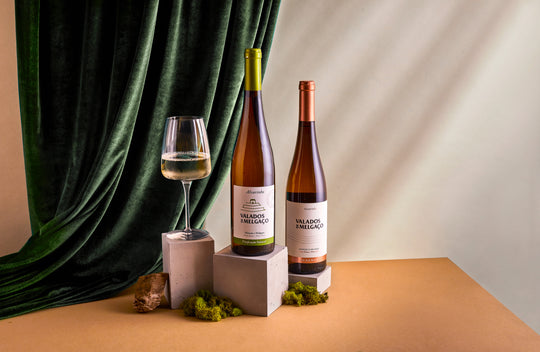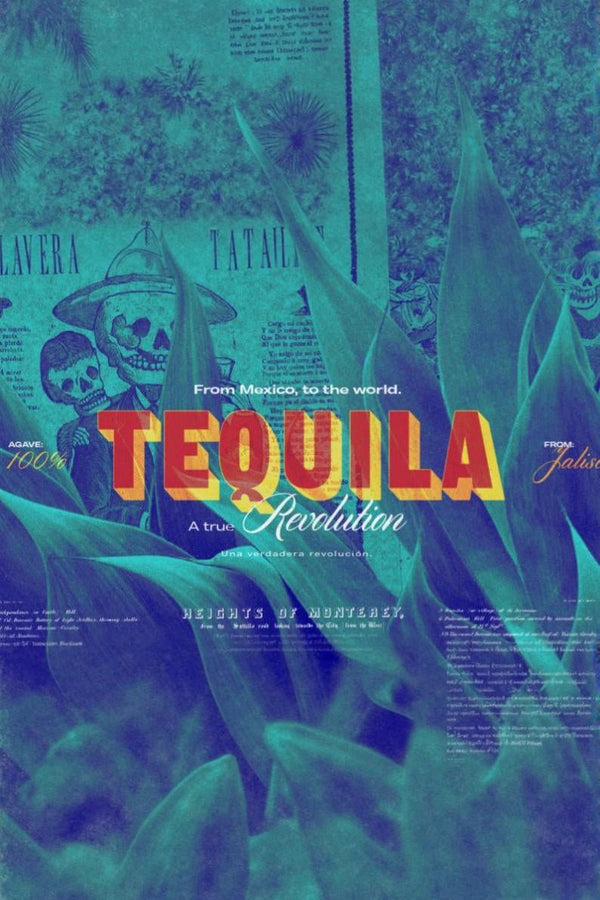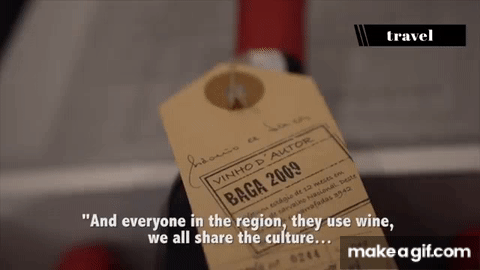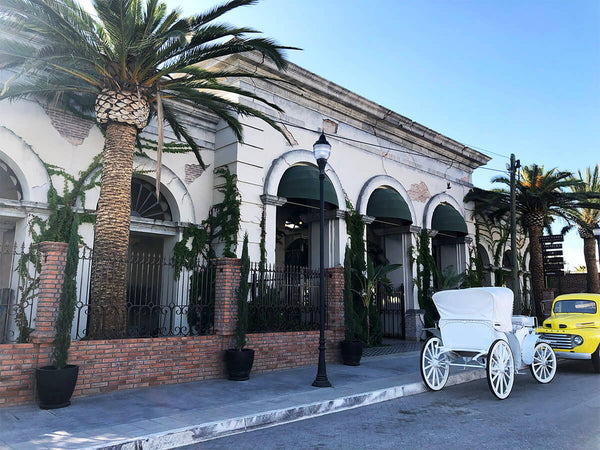Tasting Baja's Wine Region

July 19, 2021
The Young Spanish Sommelier is Putting His Talent to the Test at the Oystera Classic Oyster Bar in the Quaint Coastal Town of Todos Santos, Mexico.

Jose Antonio Artigas: From Spain to Baja California Sur, via the Wine Path
Wine can take you many places, a Moët & Chandon from France, a Chianti Classico from Italy, a Vinho Verde from Portugal.
For young Spanish sommelier Jose Antonio Artigas, his passion for wine took him across the ocean, landing at an oyster bar in the quaint coastal town of Todos Santos, Baja California Sur in Mexico.
Artigas is the wine steward at Oystera, which offers a mix of classical and contemporary sea dishes, and showcases the best local produce and wines from the region. Because Baja California is much more than some genuine tacos, real Mariachi Music, and warm beaches, it is also home to Valle de Guadalupe and Valle de San Vicente, a Mediterranean-style areas home to over 100 wineries, top winemakers, talented chefs and sommeliers.
Artigas is one of the latter. His journey began at the Culinary Institute of America wanting to be a chef.
“Half way through my education I had a wine class where I fell in love with the wine world. At that point I decided to change my path and go to New Zealand to get a degree in Viticulture and Enology (from Lincoln University) and later on a Master in Sommelier and Enomarketing in Spain (from the Basque Culinary Center). My path has been short and I have a lot to learn about the wine industry but I know that wine is my true calling,” says the young expert.
Mexican Wine
Working at Oystera and living in Mexico has given Artigas a deep knowledge and experience of the region and its terroir.
Both Valle de San Vicente and Valle de Guadalupe boast a wide array of grapes, including Chenin Blanc, Nebbiolo, Cabernet Franc, Palomino and many more.
“The Mexican wine region still has a lot to grow and improve, but I believe we are on the right track and fantastic wines are being produced,” says the expert.
For Artigas, the perfect grape varietal to make a great wine in Baja Mexico is the Syrah, followed by Tempranillo and blends.
He includes many of those wines in Oystera’s wine list, an amalgam of bottles from around the world to give clients with different palates more options.

Artigas says in the very near future the wine list will evolve to a more seafood friendly one, but he tries to make it a differentiation point from other restaurant. Among the offerings are wines from Patricius Dry Furmint, Hugo Huber Grüner Veltliner, Win Win Riesling and a Lebrero Albillo Real.
“I know in the U.S. these types of wines may not be as innovative or different, but in Mexico we are starting with the movement of these alternatives,” he notes.
With such a varied list and the wine world always evolving, it’s hard for Artigas to pinpoint his favorite terroir or wine.
Still, he favors those based on volcanic soil. “It doesn't matter if it's The Canary Islands in Spain or The Vulture in Italy. I am truly in love with volcanic soils,” he says, adding that one of his favorite wines right now is the Patricius Dry Furmint from Hungary.
Despite Artigas being a relative newcomer to the wine world, much has changed since he started his career.
“The biggest change in the wine world since I started my career would probably be the explosion of the Orange wine culture. Something closer and more personal would be the separation of major producers like Gramona from the Cava denomination and the creation of Corpinnat,” he said.
Corpinnat is a new category of Spanish sparkling wine led by a number of small producers who have broken ties with the Cava Do, which was created in 1972 and is concentrated among wine producers Freixenet, Codorníu, and García Carrión.
In recent years, smaller Cava producers have tried to distinguish themselves from the larger producers in an attempt to elevate the category. The Association of Wine Producers and Growers Corpinnat formed in 2015 and is a sparkling-wine association that takes into account the entire production of a producer rather than just individual wines. The name Corpinnat combines two Spanish words and means “heart of Penedès.”
Corpinnat producers must make wines from 100 percent organic, sustainable vineyards harvested by hand. And they must be made within the Corpinnat territory, aged for at least 18 months and must contain 90 percent indigenous grapes.

Choosing the perfect wine
Artigas is responsible for doing all the wine buying at Oystera and for him the most important thing is the customers’ likes and the originality/quality of the wine.
He said he takes into consideration customers’ likes,
His knowledge as sommelier helps him guide them to pick something that adheres to their palate.
As for his taste, the oldest wine Artigas has savored is a Petrus 1983, that in his words was “incredible.”
“The way it was still so alive in every way possible, tannins were smooth, the acidity was still there and the fruit was still present with some leather and tobacco notes,” he recalls.
A balance of all these factors is what Artigas recommends when choosing a wine, such as a Hilo Negro Ric Rac, a blend of Cabernet Sauvignon, Nebbiolo and Syrah produced by Daniel Lonnberg Hume in Ensenada, Baja California.
It’s a wine he says best expresses the Valle de Guadalupe and a mix of different grapes that normally don’t go in blends elsewhere in the world.
It’s a wine that is best paired at Oystera with the clam barbacoa, a dish composed of beef stock base cooked clam making it very hearty. Another option is the smoked seafood tostada, which has clams, oysters and smoked fish.
Those pairings are meant to bring out the best flavor in both the food and the wine to bring the perfect blend of satisfaction and gusto.
Because as Artigas sees it, that’s what wine is supposed to evoke: emotions.

Special Thank you for Gisella du Mée and Héctor Du Solier












